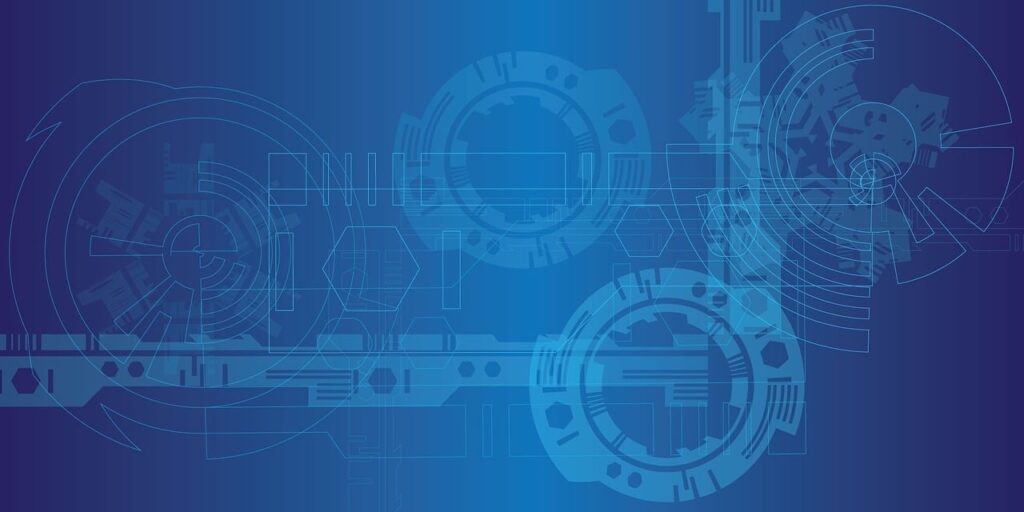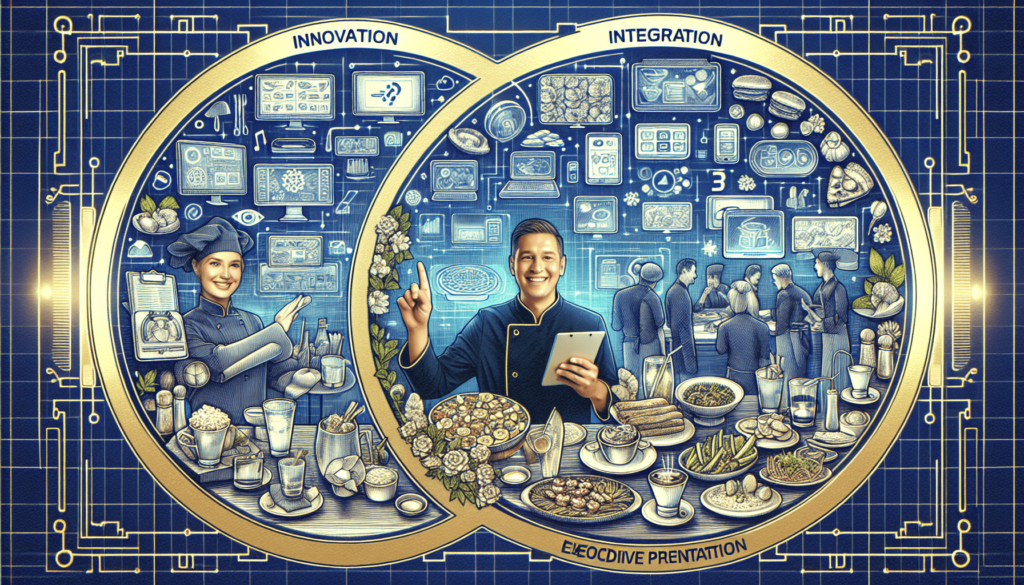Imagine a world where running a restaurant is a seamless and organized process, where every aspect from ordering to inventory management is effortlessly handled by technology. This is the vision behind the three pillars of restaurant software success: innovate, integrate, and elevate. By constantly innovating and adapting to the changing culinary landscape, integrating various software systems to streamline operations, and continually elevating the guest experience, restaurants can revolutionize their businesses and thrive in the digital age. In this article, we will explore how these three pillars lay the foundation for success in the competitive restaurant industry.

This image is property of pixabay.com.
Innovate
Continuous Improvement and Adaptation
Innovation is the key to staying ahead in the competitive restaurant industry. By continuously improving and adapting your practices, you can ensure that your business is always at the forefront of technological advancements. Whether it’s upgrading your point-of-sale system or implementing a new inventory management system, constantly seeking out ways to innovate will help you streamline operations and improve efficiency.
One area where continuous improvement and adaptation can truly make a difference is in customer experience. Investing in user-friendly interfaces and intuitive menu designs can enhance the overall dining experience for your guests. By keeping up with evolving customer preferences, you can tailor your offerings to meet their needs and exceed their expectations.
Investing in Research and Development
To truly innovate, it is essential to invest in research and development. Allocating resources towards exploring new technologies and trends can help you discover unique solutions that set you apart from your competitors. Research and development efforts can involve anything from experimenting with alternative cooking methods to creating innovative marketing strategies.
By staying up-to-date with customer demands and industry trends, you can identify the areas where your restaurant can benefit from technological advancements. For example, incorporating online reservation systems or implementing self-ordering kiosks can significantly enhance your operational efficiency and improve customer satisfaction.
Implementing Cutting-Edge Technologies
In a technologically driven world, embracing cutting-edge software and technologies is crucial for long-term success. By leveraging tools such as cloud-based restaurant management systems, you can streamline your operations, reduce costs, and improve overall productivity.
These advanced technologies enable seamless communication between different departments, allowing for better coordination and efficiency. From automating inventory management to integrating customer data across various touchpoints, implementing cutting-edge technologies can revolutionize your restaurant operations.

This image is property of pixabay.com.
Integrate
Seamless Integration with Existing Systems
Integration is the key to running a smooth and efficient operation. By seamlessly integrating your restaurant software with existing systems, you can eliminate silos of information and enable better communication and collaboration across different departments. This integration ensures that information flows seamlessly from one system to another, reducing manual data entry and minimizing the chances of errors.
For example, integrating your point-of-sale system with your inventory management software allows real-time inventory tracking and automatic updating of stock levels. This integration not only saves time but also prevents overstocking or out-of-stock situations, ensuring a better customer experience.
Streamlining Operations with Centralized Software
Centralized software plays a crucial role in streamlining operations and improving overall efficiency. By consolidating various functions into a single platform, you can simplify day-to-day tasks, minimize duplication of efforts, and enhance productivity.
From managing reservations and tracking orders to monitoring employee schedules and analyzing sales data, having a centralized software solution enables you to access and manage all critical aspects of your restaurant from one place. This integration not only saves time but also provides you with valuable insights into your business performance, allowing you to make data-driven decisions.
Integrating Online Ordering and Delivery Platforms
In today’s digital age, online ordering and delivery platforms have become essential for restaurants. By integrating these platforms into your existing systems, you can tap into a broader customer base and maximize revenue potential.
For example, integrating your online ordering system with your kitchen display system allows for seamless order processing, reducing errors and improving order accuracy. Similarly, integrating your delivery platforms with your point-of-sale system enables real-time tracking of deliveries, ensuring timely and efficient service.
By integrating online ordering and delivery platforms, you can offer convenience to your customers, expand your reach, and stay competitive in an increasingly digital market.

This image is property of pixabay.com.
Elevate
Improving Customer Experience
Elevating the customer experience should be a top priority for any restaurant. By leveraging software solutions, you can enhance various aspects of the dining experience, from ordering to payment.
For instance, a self-ordering kiosk can give customers control over their ordering process, reducing waiting time and increasing order accuracy. Digital menus and mobile ordering apps allow customers to browse through offerings, customize orders, and make payments seamlessly. These technological advancements not only improve the customer experience but also empower customers with more choice and flexibility.
Enhancing Staff Productivity
Effective restaurant software can significantly enhance staff productivity and efficiency. With features like automated task assignment, real-time communication, and streamlined workflows, your staff can focus on providing exceptional service to customers rather than getting bogged down in administrative tasks.
By automating routine tasks like inventory management and scheduling, you can free up your staff’s time, allowing them to concentrate on delivering personalized service to your customers. Additionally, software solutions that provide real-time data and analytics enable you to track staff performance, identify training needs, and optimize staff scheduling for maximum efficiency.
Optimizing Efficiency and Cost Control
Restaurant software can also play a vital role in optimizing operational efficiency and controlling costs. By automating processes like inventory management and purchasing, you can reduce waste, minimize overstocking or stockouts, and ensure optimal use of resources.
Moreover, software solutions that provide real-time insights into sales and expenses enable you to identify areas where costs can be minimized. By analyzing data and trends, you can make informed decisions on pricing, menu offerings, and procurement, ensuring that your restaurant operates profitably while maintaining the highest standards of quality.
In conclusion, innovation, integration, and elevation are the three pillars of restaurant software success. By continuously improving and adapting, investing in research and development, implementing cutting-edge technologies, seamlessly integrating existing systems, streamlining operations with centralized software, and integrating online ordering and delivery platforms, you can elevate your restaurant to new heights. From improving the customer experience to enhancing staff productivity and optimizing efficiency and cost control, restaurant software is a game-changer that can revolutionize your business and drive long-term success. Embrace these pillars and propel your restaurant towards a prosperous future.
